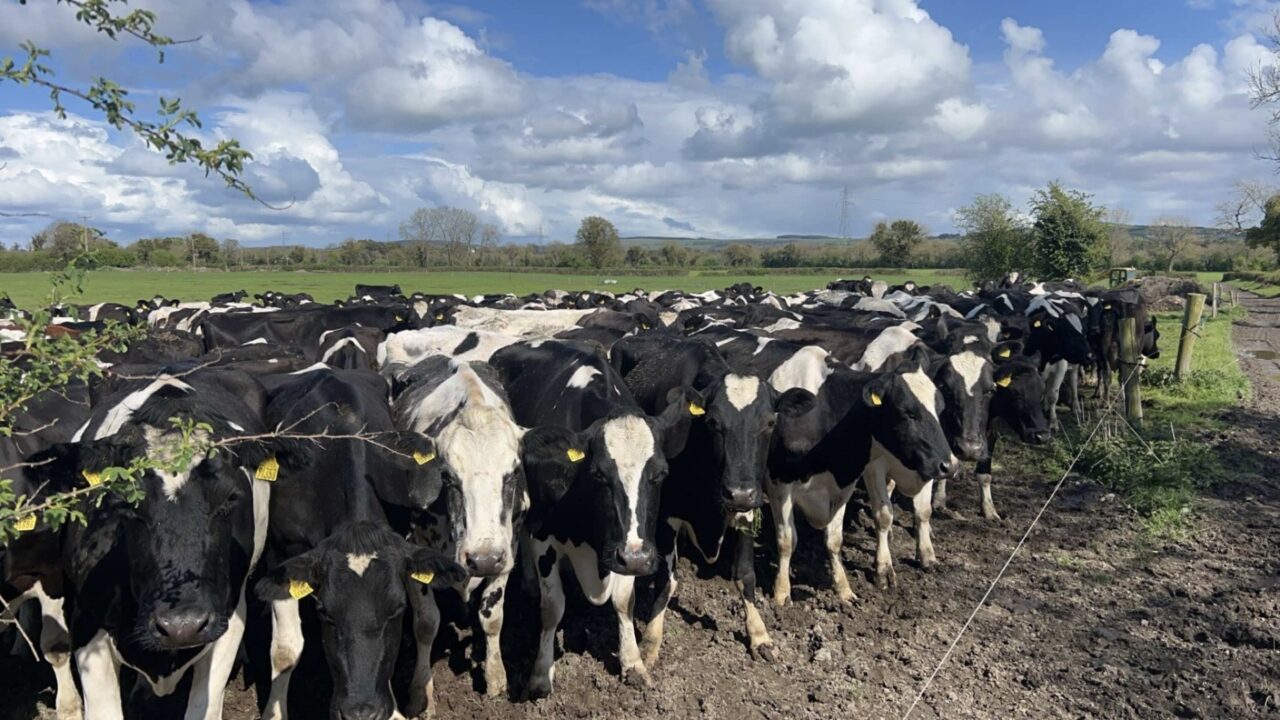Studies show that the 16:8 milking interval has no impact on milk yield, and can in fact ensure a reasonable end to the working day.
Traditionally the 10-12 hour milking interval was the only way of milking cows, but now many farmers are opting for a more practical start and finish time to the working day.
The farm structure in Ireland has seen a huge change over the last number of years. The traditional owner-operator plus additional family help model is now struggling, with many herds having increased.
The sustainability of dairy farming now relies on being able to hire workers on farms, but this cannot be done without providing employment opportunities where pay and conditions of work are at least as attractive as alternative careers.
For young people looking on and for the next generation, there has to be a defined start and finish time to the day with scheduled time off and a better work/ life balance.
Encouraging a 12-hour milking interval, and expecting the younger worker or next generation to start putting milkers on at 6:00pm after an already long day is unrealistic and not sustainable.
We need to convince these young people that there is a way of milking cows and having a good life outside of it too, where you can go to training or out with friends in the evening after milking in addition to earning a good living.
Studies have shown that long working hours for farm employees can make the employment opportunities very unattractive.
Nearly every other industry provides a finish time of 5:00-6:00p.m, and the time employees finished their day’s work was cited as a critical issue for employees.
Milking interval
A Teagasc study looked at milk recording data taken from 2,366 herds across 23 counties over a one-year period (2020).
The study showed that across all herds, the mean evening milking finish time was 6:43p.m and the length of the working day was nearly 12 hours. Huge variation seen throughout as the working day ranged from 8.5 hours to 16.4 hours across the herds.
The milking interval is defined as the time from when the first cluster goes on in the morning to the time the first cluster goes on again that evening.
In order to reduce the amount of hours worked a day, it has been shown that a 16:8 milking interval is feasible, which would see farmers putting clusters on at 7:00a.m and again that evening at 3:00p.m.
The data collected on commercial herds for the study showed that there was no relationship between milking interval and daily milk yield, with no change seen in somatic cell count (SCC).
Even if it is difficult to implement a 16:8 milking interval during the busy springtime, farmers should see whether it is possible to introduce later on in the year to reduce the workload and make your farm a more attractive place to work.
Farms are not hectic busy at this time of the year, so there should be no excuse in not finishing up the working day at around 6:00pm
A complaint often heard with the 16:8 milking interval is that it does not allow enough time during the day to get a few extra jobs done and to keep on top of things.
However, to have a set time to start and finish milking, farmers need to plan out their day and set out the tasks that need to be done from top priority down.
To speed up the operation further and make the farm a very attractive place to work, farmers should consider some automated systems such as automatic calf feeders, heat detection devices, a batt latch, and so on.
If your milking interval is not going to affect your milk solid production, your cow performance and your SCC, then it is certainly a no-brainer to try and finish up a bit earlier in the evenings.
During these autumn months, when there is not too many extra jobs to complete on the farm during the day, aiming for an earlier finish in the evening should be a priority.

